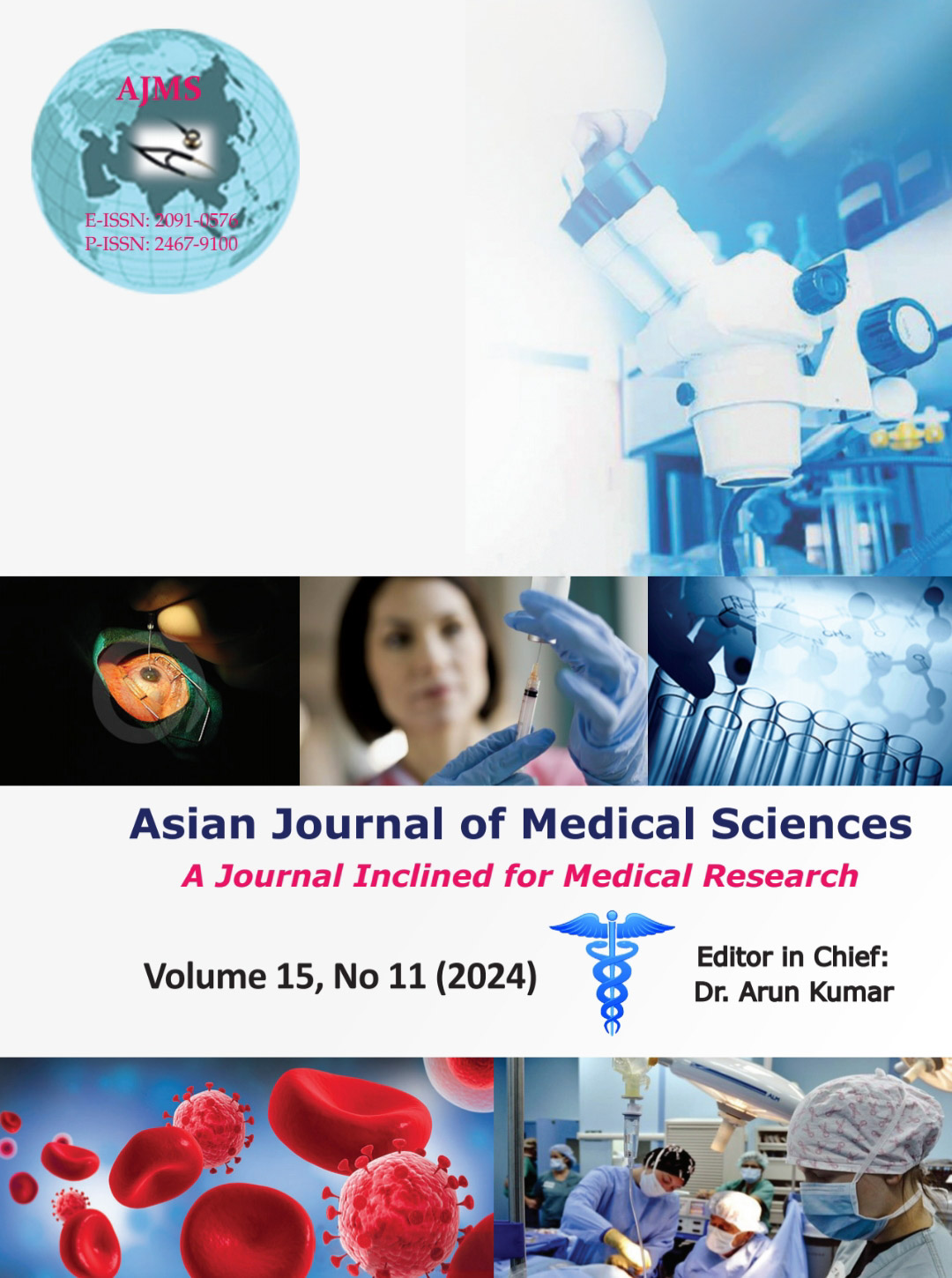Omaya insertion followed by ventricular peritoneal shunt in case of epidermoid cyst of central nervous system: A case series
Keywords:
Epidermoid, OMAYA, Ventriculoperitoneal shunt, Cerebellopontine cistern, Chemical meningitis, HydrocephalusAbstract
Intracranial epidermoid cyst originating from abnormal migration of neuroectodermal cells during embryogenesis. It is a slow-growing tumor commonly found in cerebellopontine angle, fourth ventricle, and sellar/parasellar region. This is a case series of five cases to know the effectiveness of Omaya in pre-operative and early post-operative period followed by ventriculoperitoneal shunt after 2 weeks. This is a prospective observational study done in premier institute of central India from April 2023 to April 2024. A total five cases of different age groups and clinical presentations are included. There is no ventriculoperitoneal shunt blockage when it was followed by early pre- and post-operative period large reservoir Omaya insertion.
Downloads
Downloads
Published
How to Cite
Issue
Section
License
Copyright (c) 2024 Asian Journal of Medical Sciences

This work is licensed under a Creative Commons Attribution-NonCommercial 4.0 International License.
Authors who publish with this journal agree to the following terms:
- The journal holds copyright and publishes the work under a Creative Commons CC-BY-NC license that permits use, distribution and reprduction in any medium, provided the original work is properly cited and is not used for commercial purposes. The journal should be recognised as the original publisher of this work.
- Authors are able to enter into separate, additional contractual arrangements for the non-exclusive distribution of the journal's published version of the work (e.g., post it to an institutional repository or publish it in a book), with an acknowledgement of its initial publication in this journal.
- Authors are permitted and encouraged to post their work online (e.g., in institutional repositories or on their website) prior to and during the submission process, as it can lead to productive exchanges, as well as earlier and greater citation of published work (See The Effect of Open Access).




